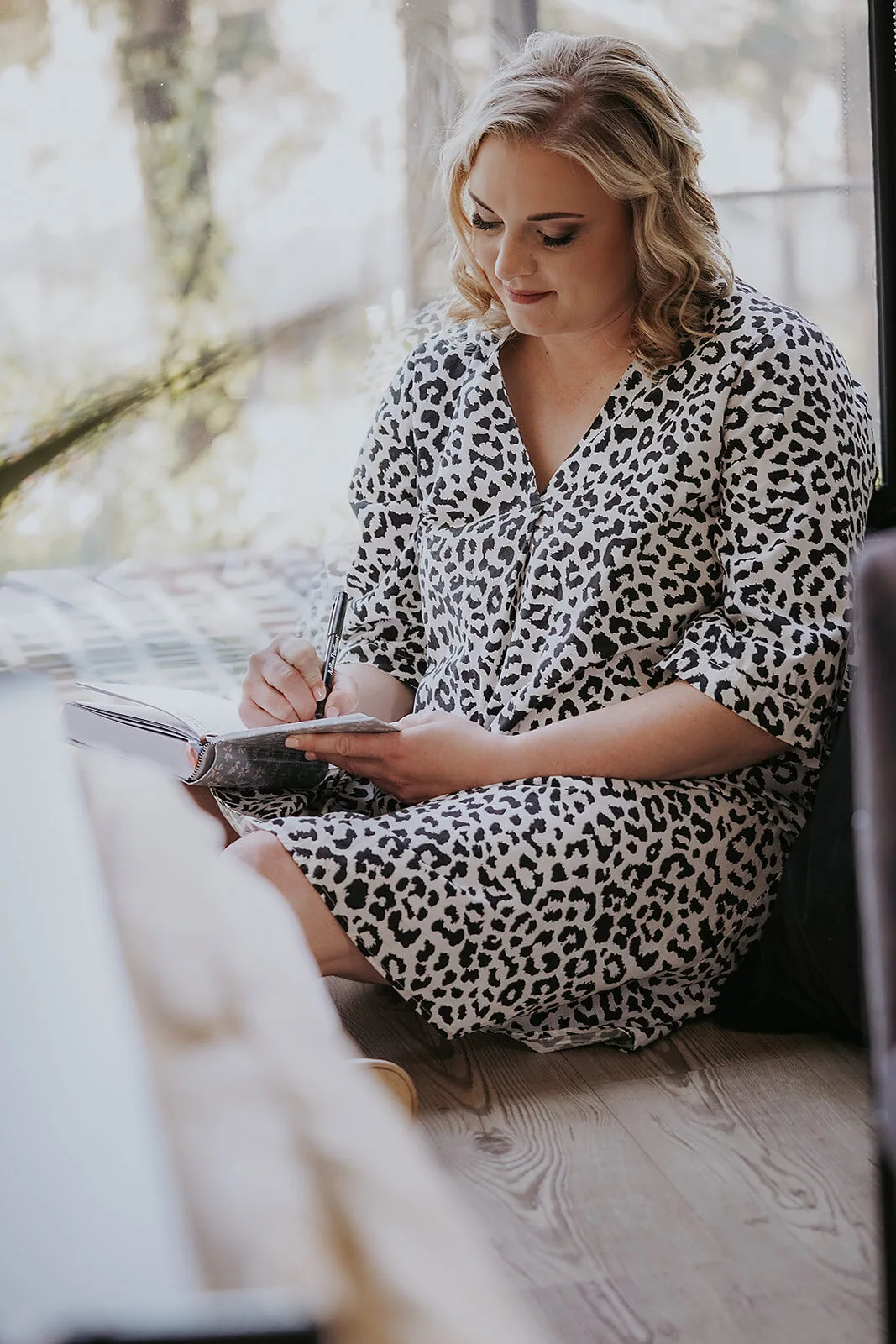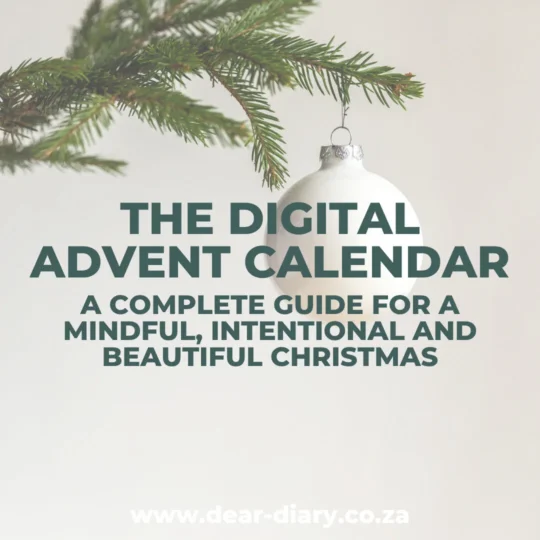You’ll pick wedding bands effortlessly by setting a realistic budget first—couples spend R95,000-R185,000 nationally, but lab-grown diamonds cut costs by 30%. Choose materials like tungsten for durability or gold for resizing flexibility, then select timeless designs over trendy ones. Start your search 6 months early, allowing 3-6 months for procurement, especially custom pieces. Focus on how bands coordinate with your engagement ring through matching metals or complementary textures. The complete strategy involves mastering these fundamentals plus comprehending advanced coordination techniques.
Key Takeaways
- Set a realistic budget considering the national average of £120,000, and explore lab-grown diamonds to reduce costs by 30%.
- Choose durable materials like tungsten for scratch resistance, gold for resizing flexibility, or titanium for lightweight strength and engraving options.
- Select timeless classic solitaire designs or vintage-inspired styles over trendy options for long-term appeal and satisfaction.
- Allow 3-6 months for procurement and research, starting early to compare retailers and avoid peak December pricing.
- Coordinate wedding bands with engagement rings using matching metals, contoured fits, or complementary textures for harmonious stacking.
Understanding Your Budget and Market Trends

Before you start scrolling through countless ring photos on Pinterest, you need to understand what you’re actually dealing with financially—and spoiler alert, those “rules” about spending three months’ salary are about as relevant as flip phones.
Current engagement ring spending averages R120,000 nationally, though you’ll see everything from R95,000 to R185,000 depending on your location. The Western Cape leads at over R180,000, whilst provinces like the Eastern Cape and Limpopo stick closer to national averages. These numbers reflect regional income differences and lifestyle priorities, not universal standards. Planning ahead for significant life events, including end-of-life arrangements, can also help manage financial stress, much like using tools such as an In Case Of Death Planner.
Regional spending varies dramatically—R95,000 to R185,000—reflecting local income differences and lifestyle priorities rather than arbitrary universal standards.
Here’s what actually drives costs: personalisation, ethically-sourced materials, and design complexity. Lab-grown diamonds and alternative metals offer budget flexibility without sacrificing quality. Modern couples are choosing alternative gemstones for both savings and uniqueness, moving away from traditional diamond-only expectations. Lab-grown options can provide significant savings, typically costing about 30% cheaper than their natural diamond counterparts.
Focus on your financial goals first, then investigate options that align with your values and partner’s preferences.
Choosing the Right Materials and Gemstone Certifications
When you’re selecting materials and gemstones, you’re fundamentally choosing how your ring will age, perform, and look five years from now—not just how impressive it appears in that Instagram announcement photo.
Your material choice impacts everything from daily wearability to long-term maintenance costs. Here’s what matters most:
- Durability vs. Flexibility: Tungsten carbide offers unmatched scratch resistance but can’t be resized, whilst gold requires regular polishing but adapts to size changes. For a unique flair, consider adding floral-inspired designs to your band for a personalised touch.
- Weight Considerations: Titanium provides exceptional strength at half gold’s weight, perfect if you’re not used to wearing jewellery. For personalised touches, titanium also accepts detailed engravings more readily than harder alternatives.
- Certification Standards: GIA certification establishes diamond authenticity, whilst AGS evaluates cut quality and light performance for maximum brilliance.
- Maintenance Reality: Ceramic surpasses tungsten in scratch resistance but chips easier than metals during daily wear. Despite tungsten’s exceptional hardness, it remains vulnerable to diamonds and sapphire scratches due to these materials’ superior ratings on the Mohs scale.
Exploring Design Styles From Classic to Vintage-Inspired
Your ring’s design style determines whether it’ll look fresh and intentional in twenty years or distinctly dated to a specific era—and surprisingly, this choice matters more than the price tag.
Classic designs offer timeless appeal through simple solitaire bands with six-prong settings and traditional pavé details. These styles emphasise your centre stone without competing embellishments, making them perfect for couples who value understated elegance. For those interested in educational tools that mirror this timeless approach, consider exploring resources that focus on inquiry-based learning for a structured yet adaptable experience.
Simple solitaire settings with clean lines ensure your ring remains elegant and intentional rather than tied to fleeting trends.
Vintage-inspired motifs bring romantic character through halo rings with geometric frames and Art Deco angular engravings. Filigree accents create intricate metalwork resembling antique lace, whilst oval and pear-cut stones echo Victorian-era sophistication. Milgrain detailing adds delicate beaded borders that enhance the vintage aesthetic with subtle textural contrast. These modern twists help update traditional charm while preserving old-world appeal without concerns about deterioration.
Modern approaches feature textured bands with hammered finishes and east-west stone orientations for contemporary silhouettes. Three-stone layouts symbolically represent your past, present, and future together, creating meaningful designs that’ll *resonate* throughout your marriage.
Timing Your Purchase and Research Strategy

Although engagement ring shopping feels spontaneous and romantic, successful couples actually treat it like a strategic project that demands careful timing and thorough research.
You’ll need a 3-6-month window for stress-free procurement. Here’s your strategic timeline:
- Start 6 months early for custom designs requiring 2+ months production time, plus revisions and fitting adjustments.
- Research retailers thoroughly by comparing delivery policies, return terms, and warranty coverage before committing to purchases.
- Monitor seasonal pricing patterns since early spring and late summer offer better deals than December’s peak demand period. Utilise tools like the A4 Everything Planner to organise your research and keep track of important dates and retailer details.
- Define your priorities clearly regarding metal types and gemstone preferences to optimise decision-making with jewellers.
Pre-designed rings need just one month, but custom pieces demand patience. Shopping for both rings together creates a cohesive aesthetic that enhances your overall bridal jewellery collection. Working with reputable jewellers ensures you receive quality craftsmanship, comprehensive warranties, and reliable customer service throughout your purchasing experience. Don’t let wedding stress overwhelm your ring selection process.
Coordinating Wedding Bands With Your Engagement Ring
Why does finding the perfect wedding band feel like solving a complex puzzle? You’re balancing aesthetics, comfort, and alignment whilst ensuring your engagement ring doesn’t lose its spotlight.
Start with metal selection. Traditional matching creates timeless cohesion, whilst mixed-metal combinations offer unique contrast. Consider metal thickness consistency for symmetrical balance between both rings.
Next, focus on band types and fit. Classic bands complement most engagement rings, but contoured bands hug low-set stones perfectly. Flush-fit seating creates seamless integration, though purposeful gaps preserve individual ring visibility. Stacking bands offer versatility by allowing you to mix and match designs, textures, and gemstones for a truly personalised look. Many couples opt to wear rings separately on different hands or choose unique arrangements that emphasise personal expression over traditional conventions.
| Band Style | Best For | Consider |
|---|---|---|
| Classic | Solitaire rings | Clean lines |
| Contoured | Low-set stones | Snug alignment |
| Pavé | Minimalist settings | Added sparkle |
Frequently Asked Questions
What Finger Should I Wear My Wedding Ring On?
Coincidentally, you’re enquiring about a custom that’s observed by millions! You should wear your wedding band on the fourth finger of your left hand in most Western societies, helping others to instantly recognise your married bond.
How Do I Properly Clean and Maintain My Wedding Bands?
You’ll maintain your wedding bands beautifully by cleaning them daily with mild soap and gentle brushing, deep cleaning weekly through soaking, and scheduling professional inspections every six months for ideal preservation.
Should We Engrave Our Wedding Rings With Names or Dates?
You should engrave your rings with meaningful dates like your wedding day or proposal date rather than names. Dates commemorate specific moments you’ll cherish forever, while names you’ll never forget anyway.
Can Wedding Rings Be Resized if They Don’t Fit Properly?
Don’t let ill-fitting rings become chains of discomfort—you can absolutely resize wedding rings through professional jewellers who’ll cut, adjust, and seamlessly rejoin the bands, ensuring you’re comfortable while serving your community daily.
What’s the Difference Between White Gold, Platinum, and Silver Bands?
You’ll find platinum’s the most durable and hypoallergenic but priciest option. White gold offers mid-range pricing with good durability, whilst silver’s cheapest but requires frequent maintenance and scratches easily.





